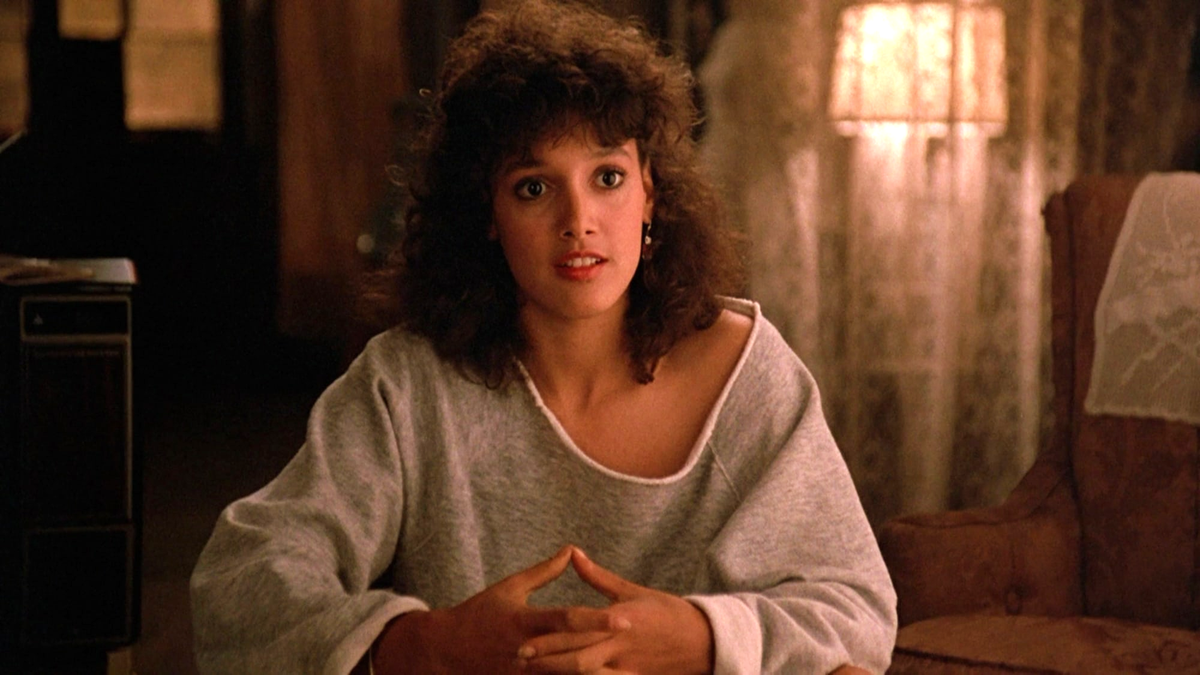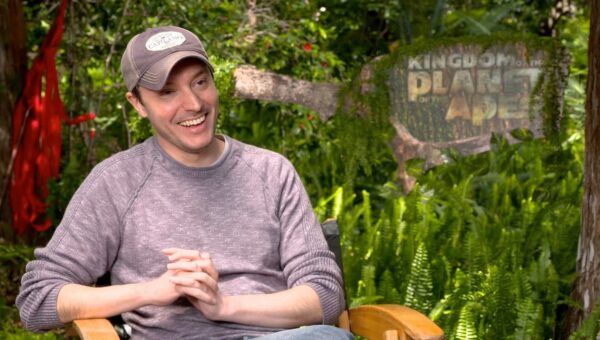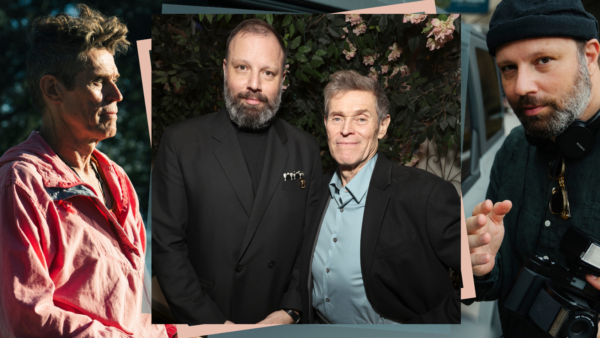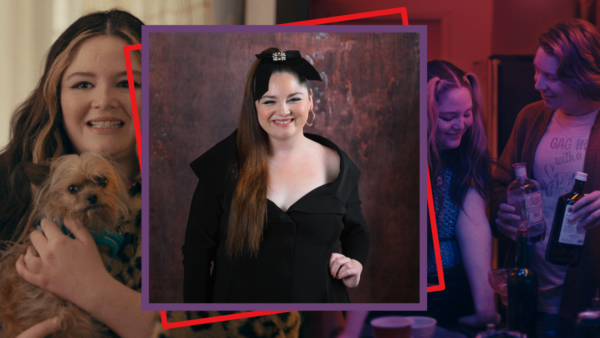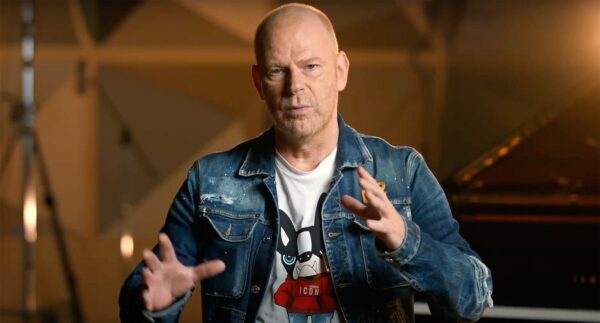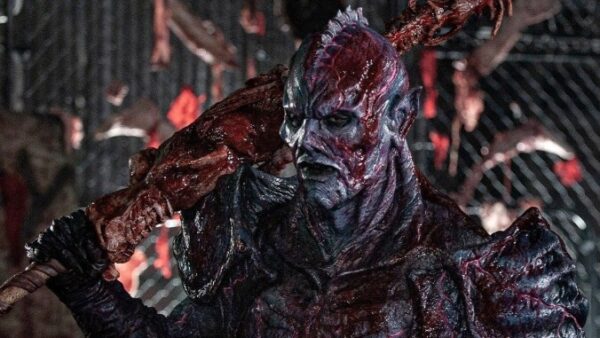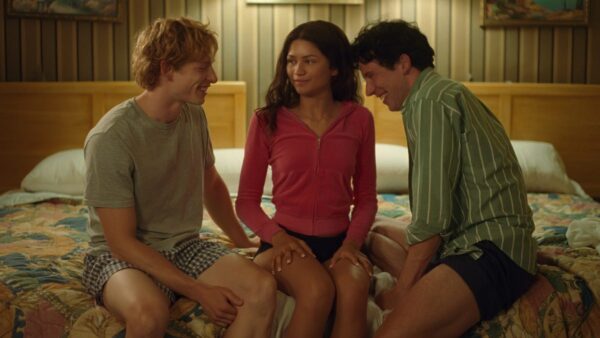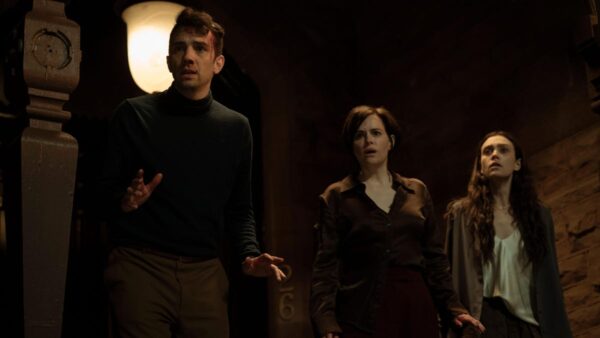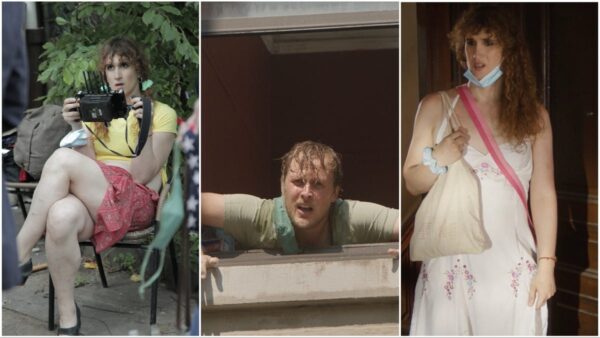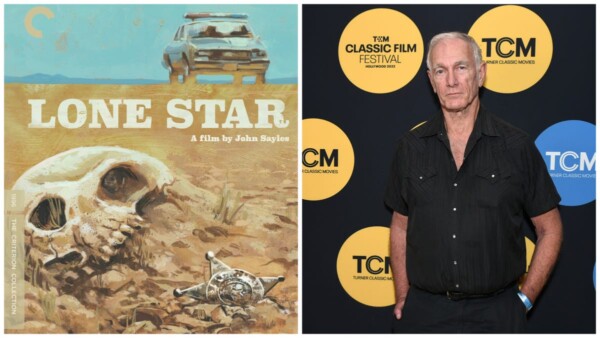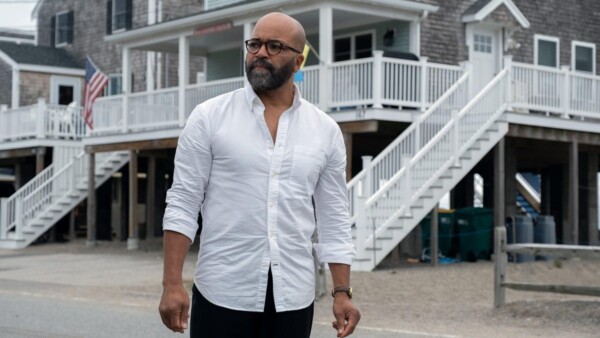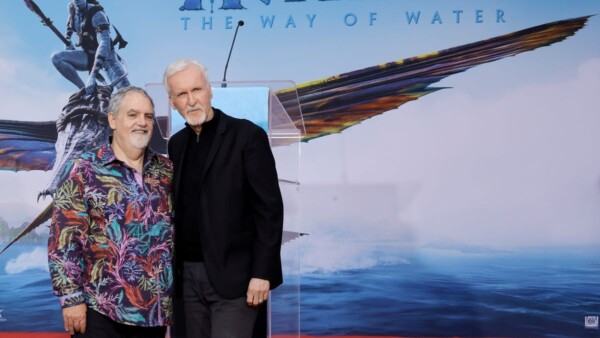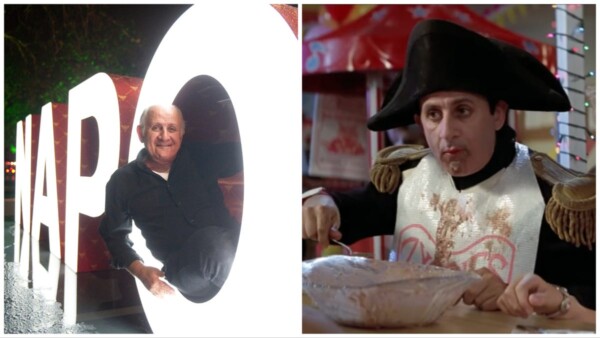It makes sense that John Wick: Chapter 4 is killing it at the box office considering that getting killed, as often and as creatively as possible, is key to the franchise’s success. In the latest film, John Wick (Keanu Reeves) finds himself with a bounty on his head. The High Table, a shadowy cabal of dapper crime lords, wants him dead. To survive, he must annihilate assassins and hitmen that number well into the triple digits using his fists, knives, nunchucks, a car, and all manner of firearms, including a rifle that fires incendiary rounds.
Keanu wonders if “John Wick” has gone too far
Once again, the thrill of the action sequences, their epic length, their endless variations and their breathtaking energy has raised the bar regarding what’s possible in stunt choreography. Former stuntman turned director Chad Stahelski even recruited martial arts heavyweights Donnie Yen, Hiroyuki Sanada, and Scott Adkins to further elevate the material. Stahelski, who has either directed or co-directed every John Wick film, spoke to The A.V. Club about possibly ending the John Wick saga on a high note, working alongside Reeves, and designing an epic fight sequence.
Note: Mild spoilers are below.
The A.V. Club: What was the body count on this movie? It’s easy to lose track.
Chad Stahelski: Honestly, I truly don’t know. I ask my editorial not to tell me. We have a little post-mortem wrap party, maybe next weekend. They will let me know then. All they told me was the official count was higher than (John Wick: Chapter 3—Parabellum). That was just over 200. I don’t think we made 300, but I think we are in a respectable number.
AVC: Obviously, you didn’t want to come into John Wick: Chapter 4 and simply rehash what you had previously achieved. How did you land on this narrative?
CS: Keanu and I do one at a time. There is no master diagram of the John Wick universe or the multiverse of John Wick. I think that’s why people like them. We just focus 100 percent. There is no saving anything until the next one or trying to carry a thread over or returning characters. We try to write a good movie. We try to do better than we did last time and see what happens. As Keanu always says, it’s the “Why? Why do it? What is the real hook of the whole thing for us?”
For this one, a couple of years ago we were in Japan at this Whiskey bar in Tokyo. I was like, “We got pretty lucky. We did three films. They got a little bigger. They all got a little better. Now, I feel like it would have been nice if we could have tied it all together and give John his proper sendoff.” Keanu is like, “That’s it. We have to tie them together. We can’t leave it hanging. We have to tie them all together.”
At the time I was reading this Japanese book, which is literally “The Art of Dying.” It was a samurai code of ethics and etiquette. We were like, “That’s it. What is the philosophy of how to do something good with what little life you have left? And take all our great, weird fate and consequence themes and tie them together.” That was really the why. We were like, “Cool. If we can give John Wick a great sendoff, that will be our little legacy to a franchise that has not only been successful for us, but it’s like a love letter.”
AVC: It takes a special commitment to do these type of movies. What’s it been like collaborating with Keanu Reeves, who’s know for having a strong work ethic?
CS: It’s paramount. I have a talented individual. It’s up to me to not fuck it up. Keanu has a natural charisma. He’s empathetic in different ways than other lead cast members or performers. He also has a work ethic. God, how many times have you seen Tom Cruise run? I’m still in awe. “Oh my God. He’s amazing.” It’s Tom, who I find an incredibly engaging performer in anything he does, and he’s doing cool stuff.
AVC: Audiences were gobsmacked by the Berlin club sequence. So you get the script. It says, “Berlin club battle scene.” What was your vision for that?
CS: We will write a really rough description. We know John has to go do something. We have to figure something out with this guy named Killa. Then, he’s going to escape, where he is going to fight, but we don’t know who, yet. I always knew I wanted to do something with waterfalls. My dad was, and is, a plumber. I grew up with all these water features. I remember seeing this water curtain before. I never forgot that. I was like, “I am going to do 40 of them in a club. It’s going to be great. It’s going to be easy.” It was not easy. How do we make fights or action beautiful? We wanted to reflect and refract off of water. We have this great space. What can we do with it?
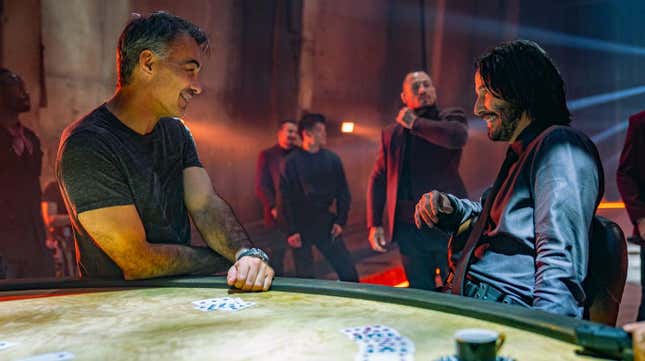
AVC: When you shot that club scene, what became one of the biggest challenges?
CS: Remember dogs don’t know it’s a movie. People forget that. When you have 800 dancers and you have Techno music blaring, sometimes they may not do what you want them to do. But honestly, it’s supposed to be hard. To wrangle a 300-person crew and wrangle 800 dancers and it’s in Covid and you have animals and you have action, and you have to literally turn on 40,000 gallons a minute of waterfalls, yes, it’s hard. Conceptualizing action is super-fun. Pulling it off? Challenging, to say the least. Making it entertaining is hard.
AVC: How much did you actually shoot? How long was that club scene?
CS: Oh, it was at least twice as long as you see in the movie. My lack of directing skills, the way I had written it, choreographed it, and shot it, it was a little too “stop and go.” Once John chases Killa, it felt better to just push that through and get to John’s goal and get him out of there. I had it as “chase Killa and get interrupted.” “Chase Killa and get interrupted.” “Chase Killa and get interrupted.” It gave me whiplash watching that thing. We also had some cool choreography for Shamir. And John Wick actually fought the dog. It was super-cool. For no fault of any of the performances, it was just bad conceit on behalf of the director and not understanding pacing well enough in his own sequence.
AVC: And I have to ask about the stairs sequence. That’s 222 steps leading up to Sacré Coeur!
We didn’t have the stairs sequence until I scouted Paris the second time. I am a big Amelie fan, so I wanted to go where Amelie shot. We are walking up to the top of the stairs. Me and my stunt coordinator, Scott Rogers, were walking along the side to head back down. We just looked up and went, “I wonder who is going down this?” We just stopped and went, “I got it. We are going to make John Wick fight all the way up. We are going to throw him all the way down the biggest stair fall you have ever seen. Then, have him fight all the way up again with Donnie Yen. It will be a metaphor for the whole movie. It will be like Sisyphus rolling the boulder up and breaking him back down. That’s how we will end this fight.” We literally wrote the scene on the van ride home, just by seeing that location.
AVC: How much input does this incredible cast give you during those scenes?
CS: Huge amounts. For Caine, Donnie (Yen) went, “Why isn’t (my character) cool? I want this guy to be as cool as John Wick. Why don’t I wear a Bruce Lee suit? Why don’t I be the reflection of John Wick?” I’m like, “Dude, that’s awesome.” In Donnie’s case, we changed the character quite a bit. The look is almost a complete 180 from being a little raggedy to being the coolest fucking guy in the movie. Donnie is like, “I want to be like Chow Yun-fat. I want to sip soup.” That sipping soup was all Donnie Yen. That wasn’t written. It was made up on the day. Tying his shoe…that’s all Donnie finding the character.
Keanu literally writes 90 percent of his own dialogue. We write in the fillers and he will go through and adjust. Keanu—the suit, the look, and the hair in the original, the short anime hair—that’s all Keanu. He came out of the trailer and he explained it. He didn’t want to be the action-hero-model type. Bill Skarsgard, the whole Cajun-French accent and the little mannerisms…My job is to get who I believe to be the best people to bring this to life, and then to get the fuck out of the way and let them do their job.
AVC: Why isn’t there an Oscar for stunts yet? Should there be one?
CS: If you are going to call yourself the Motion Picture Academy and you are going to give an award to literally every department except stunts, it’s hard to miss us. We are kind of in every movie. To their credit, I don’t think they are against it. I think the real question is who do you give it to? Do you judge the Academy award on the performer that does the high fall or the one who conceptualizes it, the stunt coordinator? Or would you give the award for the best sequence? Or do you judge it on the movie, like John Wick is an action movie. In Inception, they had one sequence where the room spins which is phenomenal, but it’s not really an action movie. The real work is having smart people from both sides sit down at the table and figure this out.
Der obige Text ist eine maschinelle Übersetzung. Quelle: https://www.avclub.com/interview-with-john-wick-4-director-chad-stahelski-1850284213?rand=21961




